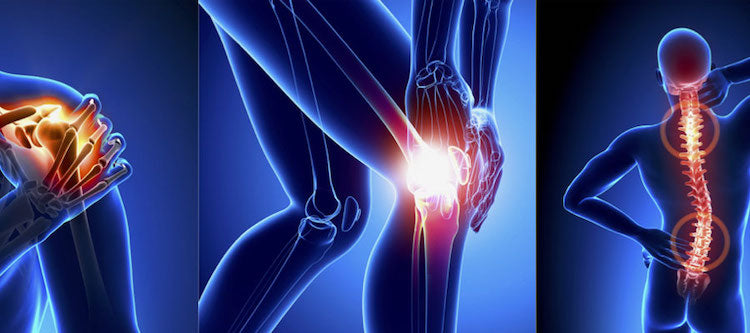Aging doesn’t have to mean living with joint pain! Imagine waking up with the freedom to move without discomfort and enjoying your favorite activities again. The key to achieving this lies in combining passive and active exercises with targeted massage therapy to transform joint health, maintain mobility, and restore independence through active recovery physical therapy.
Understanding Passive Exercises
Passive exercises involve an external force, such as a motorized device or a therapist, moving your joints through their range of motion, which is beneficial for recovery physical therapy. This exercise is especially beneficial for individuals with limited mobility or chronic joint pain. The primary goal of passive exercises is to maintain or increase joint flexibility and prevent stiffness without exerting effort from the muscles.
The mechanism behind passive exercises involves stimulating the synovial fluid within the joint capsule, which is crucial for recovery physical therapy. This fluid acts as a lubricant, reducing friction and promoting smooth joint movement, which is essential for maintaining joint health. By regularly moving the joints through their full range of motion, passive exercises help maintain the elasticity of the connective tissues and prevent the formation of adhesions or scar tissue that can lead to chronic joint stiffness.
The Benefits of Active Exercises
Active exercises require you to initiate movement, which engages and strengthens the muscles around your joints, supporting joint health. This exercise is crucial for building muscle strength, improving joint stability, and enhancing overall fitness. As you gradually increase the intensity of these exercises, you support cardiovascular health, joint health, and metabolic function.
Engaging in low-to-moderate intensity activities, such as walking or cycling, has improved cardiovascular health by increasing heart rate and enhancing blood circulation, which also supports senior exercise recovery. This helps deliver oxygen and nutrients to the muscles and tissues, supporting overall heart function, improving joint health, and reducing the risk of cardiovascular diseases. Additionally, regular active exercise can aid in weight management, further reducing joint stress and minimizing chronic joint pain risk.
The Role of Targeted Massage Therapy
Targeted massage therapy complements your exercise routine by focusing on areas of discomfort and tension, which is crucial for senior exercise recovery. Massage techniques can improve muscle blood flow, enhance tissue elasticity, and reduce muscle soreness, thereby supporting joint health. This can be particularly beneficial for relieving pain, decreasing inflammation, and improving joint health and function.
The therapeutic effects of massage include stimulating the parasympathetic nervous system, which promotes relaxation, supports stroke recovery, and reduces the production of stress hormones. Increased blood flow helps deliver nutrients and remove metabolic waste products, facilitating quicker recovery and improved joint health.
Incorporating Effective Tools for Joint Health
Choosing the right home therapy tools can significantly improve your rehabilitation routine. Home therapy devices that combine passive and active features, such as motorized cycle therapy and resistance exercises, offer versatile benefits. These home therapy tools help maintain joint flexibility, improve muscle strength, and support overall mobility.
For example, motorized cycle therapy provides low-impact exercises that can be adjusted to suit individual needs, making it ideal for those with varying levels of mobility and supporting senior exercise recovery. Similarly, resistance exercises can be tailored to match personal strength levels, allowing for gradual progression and enhancing joint stability and joint health.
Managing chronic joint pain and maintaining mobility involves a holistic approach that combines passive and active exercises with targeted therapy. By understanding the benefits and mechanisms behind these methods, you can take proactive steps toward improving your joint health and enjoying a more active, pain-free recovery.
Start integrating these strategies into your daily routine and experience the positive impact on your joint health and overall well-being. Visit Nobol.com for more information on effective rehabilitation home therapy tools and to explore how innovative solutions can support your health journey.

